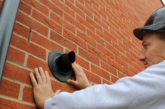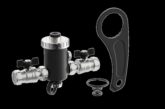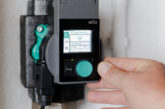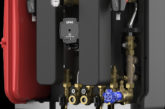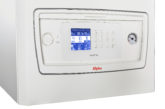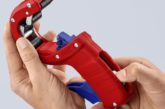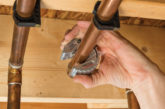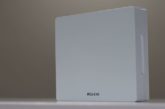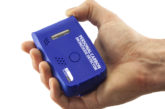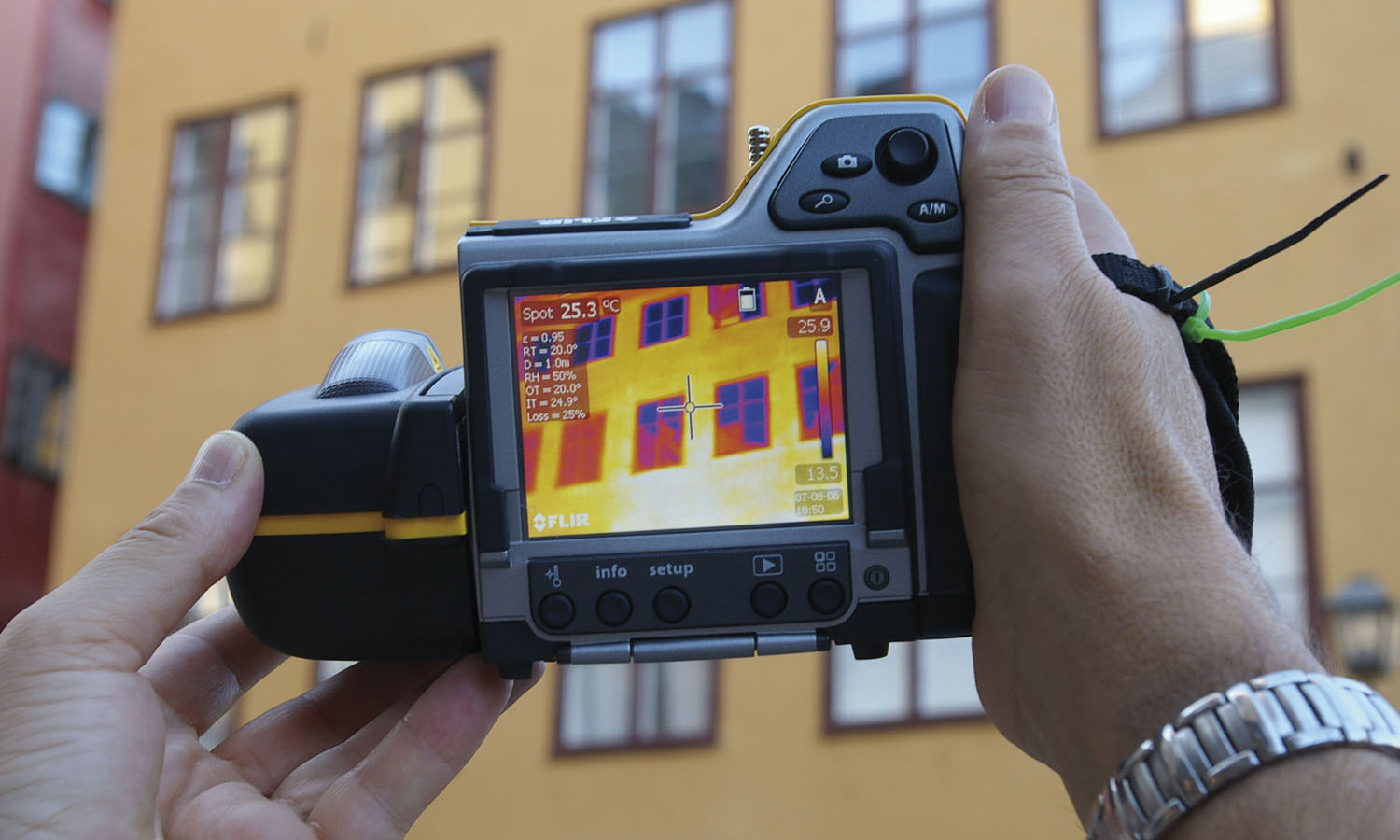
Andy Baker looks at how thermal imaging technology can enhance your reputation and profit margins.
Thermal imaging is fast becoming the preferred method for monitoring and improving the energy performance of a whole range of properties, in both the commercial and domestic sector. It is also a versatile technology for identifying building faults that may cause health and safety concern.
An infrared camera detects variations in thermal conductance that are governed by the presence, thickness and condition of insulation, moisture content, component material properties and the efficiency of other structures such as double glazed units. Good thermal conductance equals poor energy performance and the camera instantly spots differences in surface temperatures that pinpoint areas needing attention.
As well as being an ideal method for spotting energy loss, thermal imaging is a highly valuable, visual way of conveying the importance of better energy management to customers.
At the same time, thermal imaging is affordable and easy to use. Features that were once the preserve of the expert models are now standard at entry level, making fault discovery and identification even easier. Its versatility is considerable and return on investment is hastened with every application added to the list. The use of thermal imaging can really help cut costs by identifying small issues in the early stages so they can be rectified before they start to cause problems.
Over time this results in a far more efficient and proactive approach to maintenance and, as experience grows, customers can begin to undertake in-depth surveys to provide even more intelligence.
There is now a wide choice of thermal imaging cameras available ranging from low cost trouble-shooters through to professional models with every feature for fast inspection and detailed analysis. Clearly, selecting the most appropriate camera model is governed by how it is to be applied.
Consultant thermographer, Dave Blain, explains: “If you are using a thermal imaging camera to look at a target that is far away and to detect small temperature differences, you need a model with a minimum 320 by 240 pixel array.”


